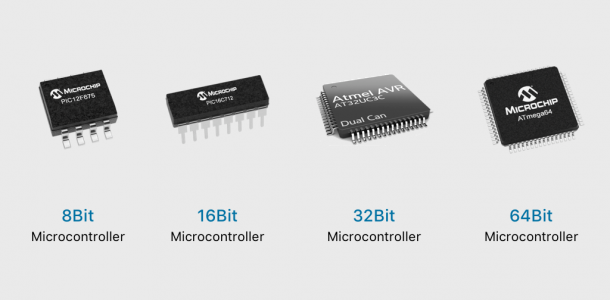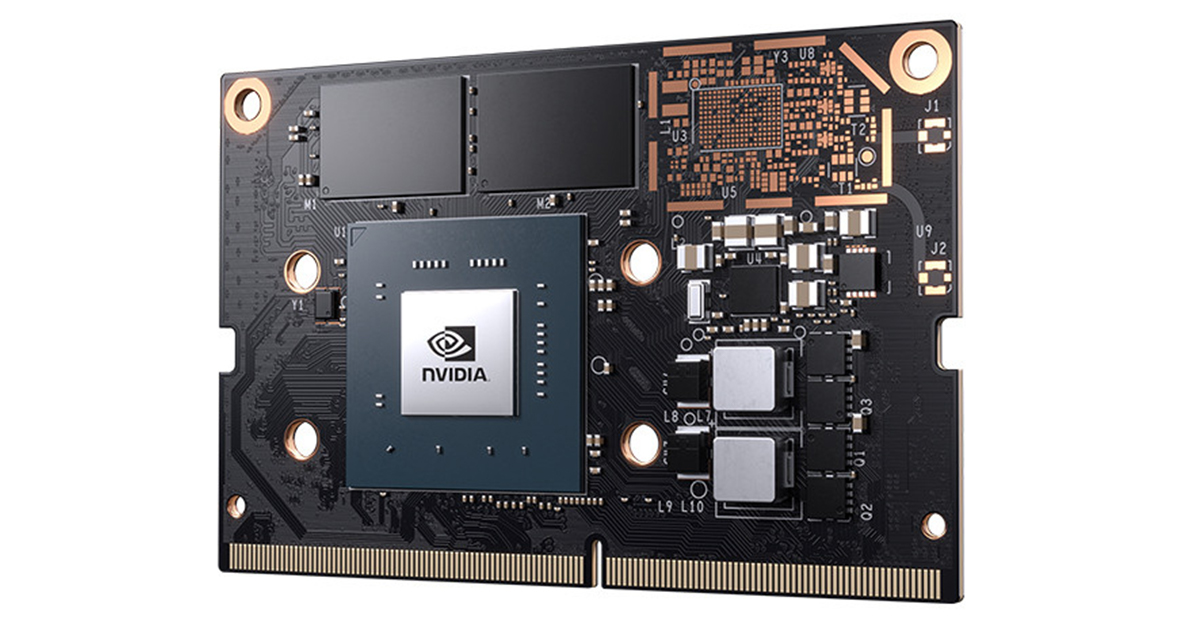Integrating AI with Microcontrollers
for Edge Computing
Ali Zarinkolah
@aligoldenhat on GitHub

This presentation was created using impress.js
What is Edge Computing?

Edge Computing refers to the processing of data near the source of data generation rather than relying solely on centralized data centers. This approach reduces latency, conserves bandwidth, and enhances real-time data processing capabilities.
Role of Microcontrollers in Edge Computing

Microcontrollers are compact integrated circuits designed to govern specific operations in embedded systems. In edge computing, they act as the brains of IoT devices, enabling local data processing, decision-making, and reducing the need for constant cloud connectivity.
Integrating AI with Microcontrollers

Integrating AI into microcontrollers enables intelligent processing at the edge. This integration allows devices to perform tasks such as image recognition, anomaly detection, and predictive maintenance without relying heavily on cloud resources.
Popular Microcontrollers for AI Edge Computing
- STM32H7: High-performance ARM Cortex-M7 processor suitable for complex AI models.
- ESP32: Dual-core processor with built-in Wi-Fi and Bluetooth, ideal for IoT applications.
- NVIDIA Jetson Nano: Powerful GPU-based microcontroller for deep learning and computer vision tasks.
- ARM Cortex-M7: Balances performance and power efficiency for embedded AI applications.
- Microchip SAM V71: Advanced architecture supporting multiple AI frameworks.

Techniques for Optimizing AI Models on Microcontrollers
- Model Quantization: Reducing the precision of the model weights to decrease size and increase speed.
- Pruning: Eliminating redundant neurons and connections to streamline the model.
- Edge TPU Acceleration: Utilizing specialized hardware accelerators for faster computations.
- Efficient Architectures: Designing lightweight neural network architectures like MobileNet.
- Firmware Optimization: Enhancing the microcontroller firmware for better performance.

Applications of AI at the Edge
- Smart Home Devices: Voice assistants, smart thermostats, and security systems.
- Industrial IoT: Predictive maintenance, quality control, and automation.
- Healthcare: Wearable devices for monitoring vital signs and detecting anomalies.
- Automotive: Advanced driver-assistance systems (ADAS) and autonomous vehicles.
- Environmental Monitoring: Air quality sensors and wildlife tracking.

Challenges and Solutions

- Limited Processing Power: Optimize models and use hardware accelerators.
- Energy Consumption: Implement power-efficient algorithms and low-power microcontrollers.
- Memory Constraints: Use model compression techniques and efficient memory management.
- Connectivity Issues: Design for intermittent connectivity with robust offline capabilities.
- Security: Implement secure boot, encryption, and regular firmware updates.
Conclusion
- Integrating AI with microcontrollers empowers intelligent edge devices.
- Optimizing AI models is crucial for performance and efficiency.
- Wide range of applications enhances various industries.
- Ongoing advancements will continue to push the boundaries of edge computing.
